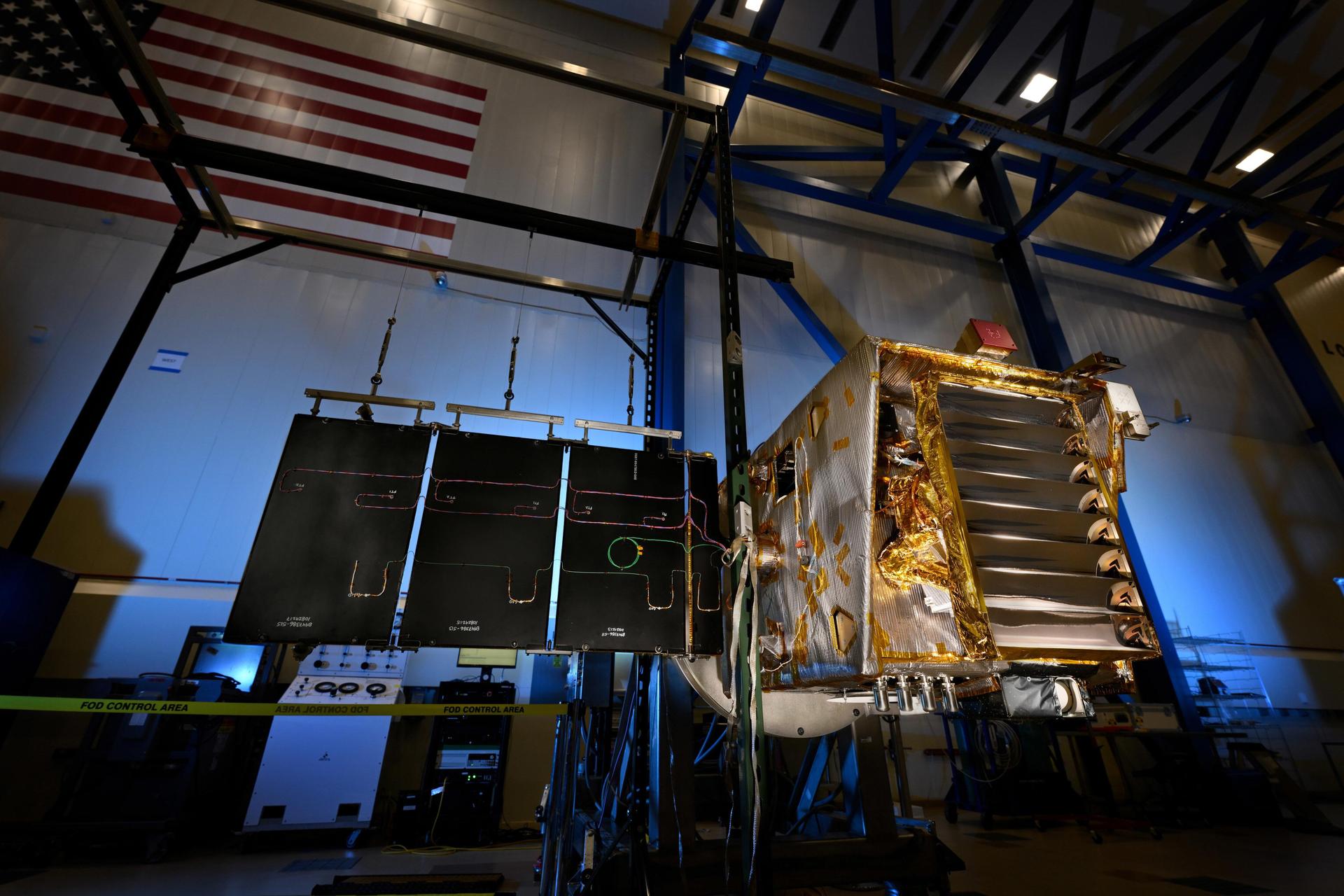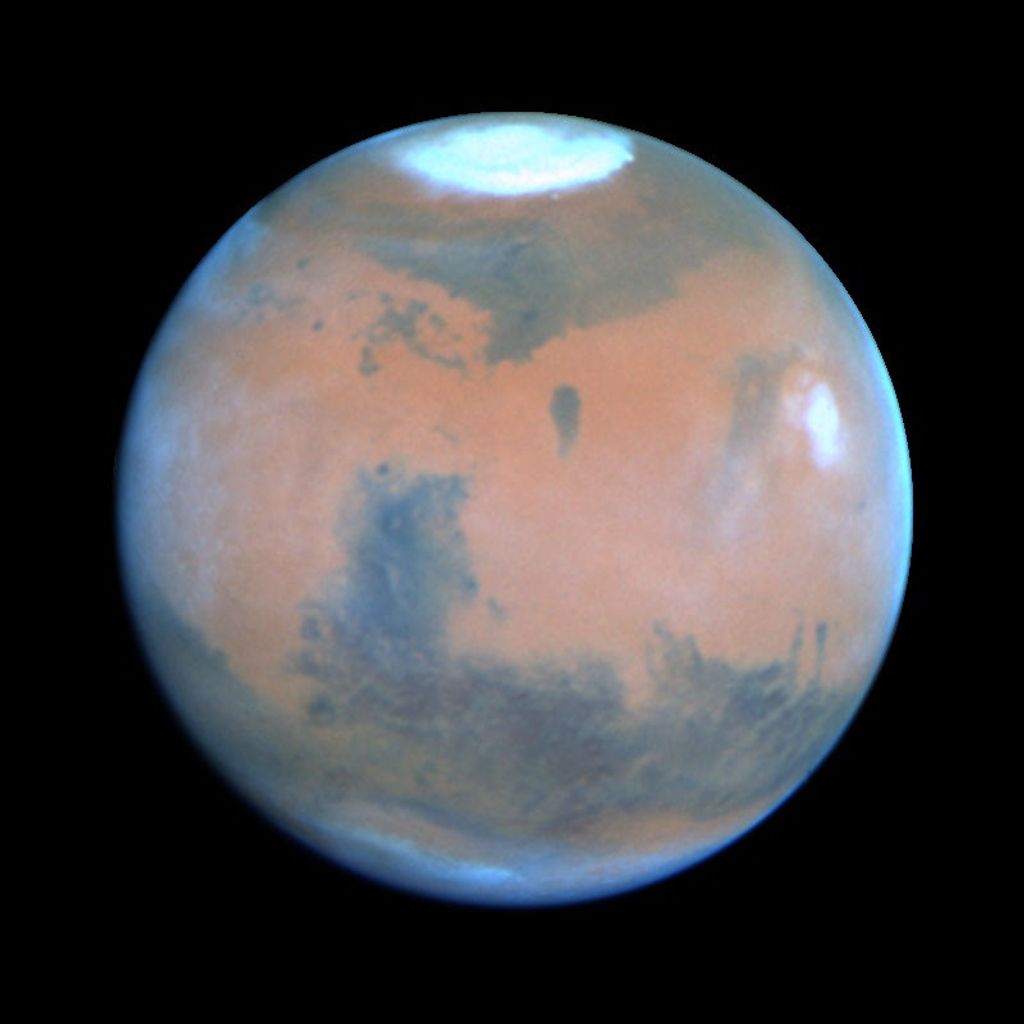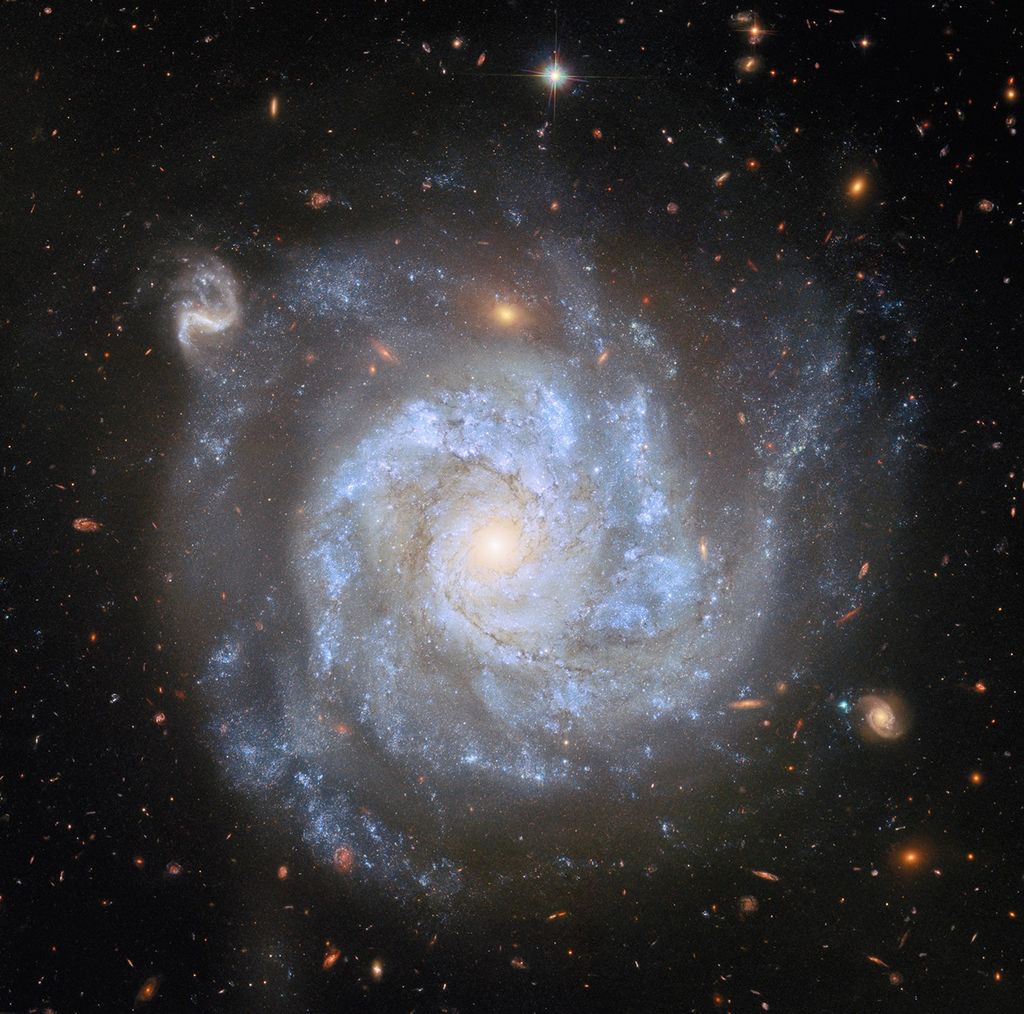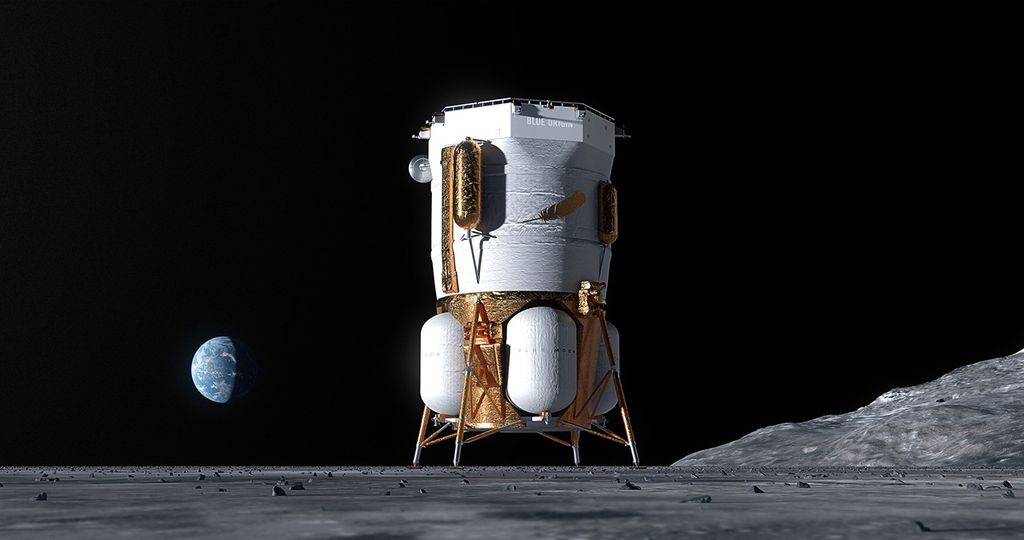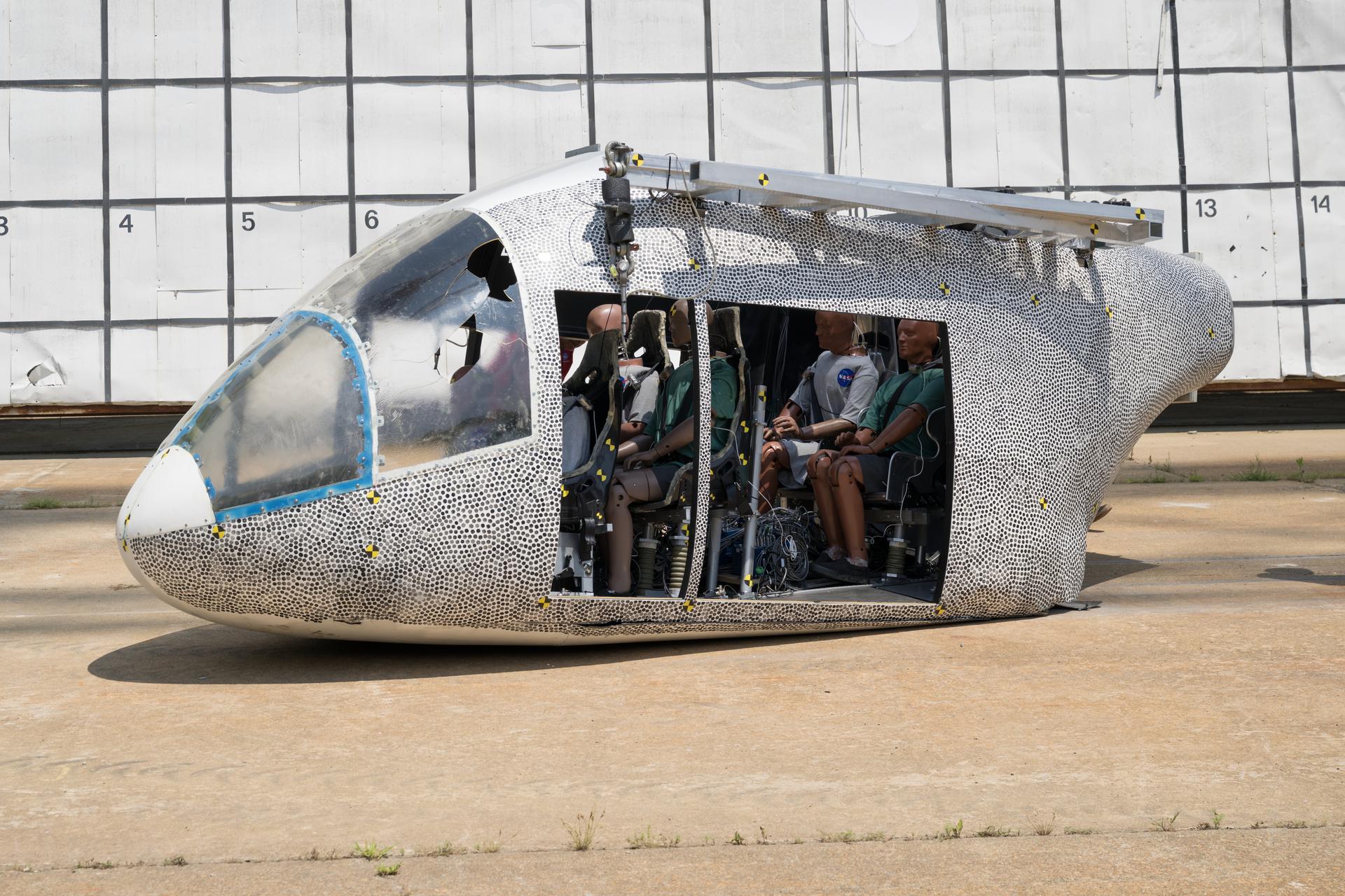1 min read
The Hodge 301 Cluster: Multiple Generations of Stars in the Tarantula Nebula

In the most active starburst region in the local universe lies a cluster of brilliant, massive stars, known to astronomers as Hodge 301.
Hodge 301, seen in the lower right hand corner of this image, lives inside the Tarantula Nebula in our galactic neighbor, the Large Magellanic Cloud.
This star cluster is not the brightest, or youngest, or most populous star cluster in the Tarantula Nebula - that honor goes to the spectacular R136. In fact, Hodge 301 is almost 10 times older than the young cluster R136.
But age has its advantages; many of the stars in Hodge 301 are so old that they have exploded as supernovae. These exploded stars are blasting material out into the surrounding region at speeds of almost 200 miles per second. This high speed ejecta are plowing into the surrounding Tarantula Nebula, shocking and compressing the gas into a multitude of sheets and filaments, seen in the upper left portion of the picture.
Note for your calendar; Hodge 301 contains three red supergiants - stars that are close to the end of their evolution and are about to go supernova, exploding and sending more shocks into the Tarantula.
Also present near the center of the image are small, dense gas globules and dust columns where new stars are being formed today, as part of the overall ongoing star formation throughout the Tarantula region.
About the Object
- R.A. PositionR.A. PositionRight ascension – analogous to longitude – is one component of an object's position.05h 38m 16.0s
- Dec. PositionDec. PositionDeclination – analogous to latitude – is one component of an object's position.-69° 4' 0.0"
- ConstellationConstellationOne of 88 recognized regions of the celestial sphere in which the object appears.Dorado
- DistanceDistanceThe physical distance from Earth to the astronomical object. Distances within our solar system are usually measured in Astronomical Units (AU). Distances between stars are usually measured in light-years. Interstellar distances can also be measured in parsecs.51.4 kiloparsecs (168,000 light years)
- DimensionsDimensionsThe physical size of the object or the apparent angle it subtends on the sky.The image is 118 arcseconds (roughly 96 light-years) on the vertical side.
About the Data
- Data DescriptionData DescriptionProposal: A description of the observations, their scientific justification, and the links to the data available in the science archive.
Science Team: The astronomers who planned the observations and analyzed the data. "PI" refers to the Principal Investigator.Principal Astronomers: You-Hua Chu (University of Illinois), Eva K. Grebel (University of Washington) and collaborators - InstrumentInstrumentThe science instrument used to produce the data.HST>WFPC2
- Exposure DatesExposure DatesThe date(s) that the telescope made its observations and the total exposure time.December 17, 1995, Exposure Time: 1.8 hours
- FiltersFiltersThe camera filters that were used in the science observations.F336W (U), F555W (V), F814W (I), F502N ([O III]), F656N (H-alpha), and F673N ([S II])
- Object NameObject NameA name or catalog number that astronomers use to identify an astronomical object.Hodge 301, Tarantula Nebula
- Object DescriptionObject DescriptionThe type of astronomical object.Nebulosity in the Large Magellanic Cloud
- Release DateApril 1, 1999
- Science ReleaseMultiple Generations of Stars in the Tarantula Nebula
- CreditNASA, Hubble Heritage Project
Share
Details
Claire Andreoli
NASA’s Goddard Space Flight Center
Greenbelt, Maryland
claire.andreoli@nasa.gov










